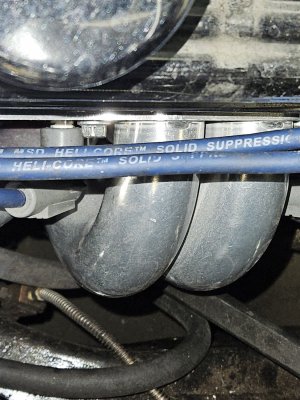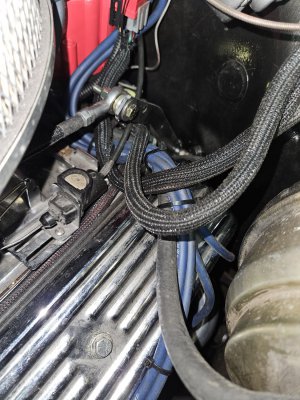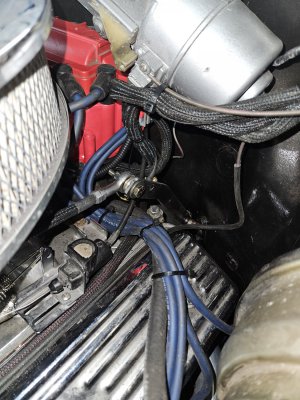That's a good tip about the RG58, that's easy to come by as junk. Wire braid of any form is dear in cost.
When I build my EFI systems, I divide the signal harnesses from the power harnesses, or better stated, the sensors from the actuators. On my Honda, I was able to keep the power all on one side of the engine bay and the signal on the other, meeting at the engine. It was a nerd thing to do, but externally driven LS1 truck coils are like a loaded gun that you don't want misfiring from noise on a wound out little Honda running well above 100% volumetric efficiency.
I set up thermocouples to let the ECU read and datalog each cylinder's EGT. I built the sensor driver circuits into the ECU, so the raw signal has to travel by wire all the way back to the interior firewall. Bear with me, I have a point. Thermocouples produce a very very tiny change in voltage in response to temperature. To a computer sampling at 250 Hz or more, the effect of noise floor is the bigger issue. Which is why type-k thermocouples in automotive racing and in industry are always shielded and always twisted pair. It's the most interference-sensitive sensor I can imagine to put in an underhood environment, but it works because of those tricks. Hall effect crank triggers are another sensitive one, not nearly as sensitive but hall pickups are shielded/twisted much of the time. OEMs cheaped out by shortening the wires and are mounting conditioning circuit modules right on the engine block in order run an insensitive amplified signal back to the ECU.




